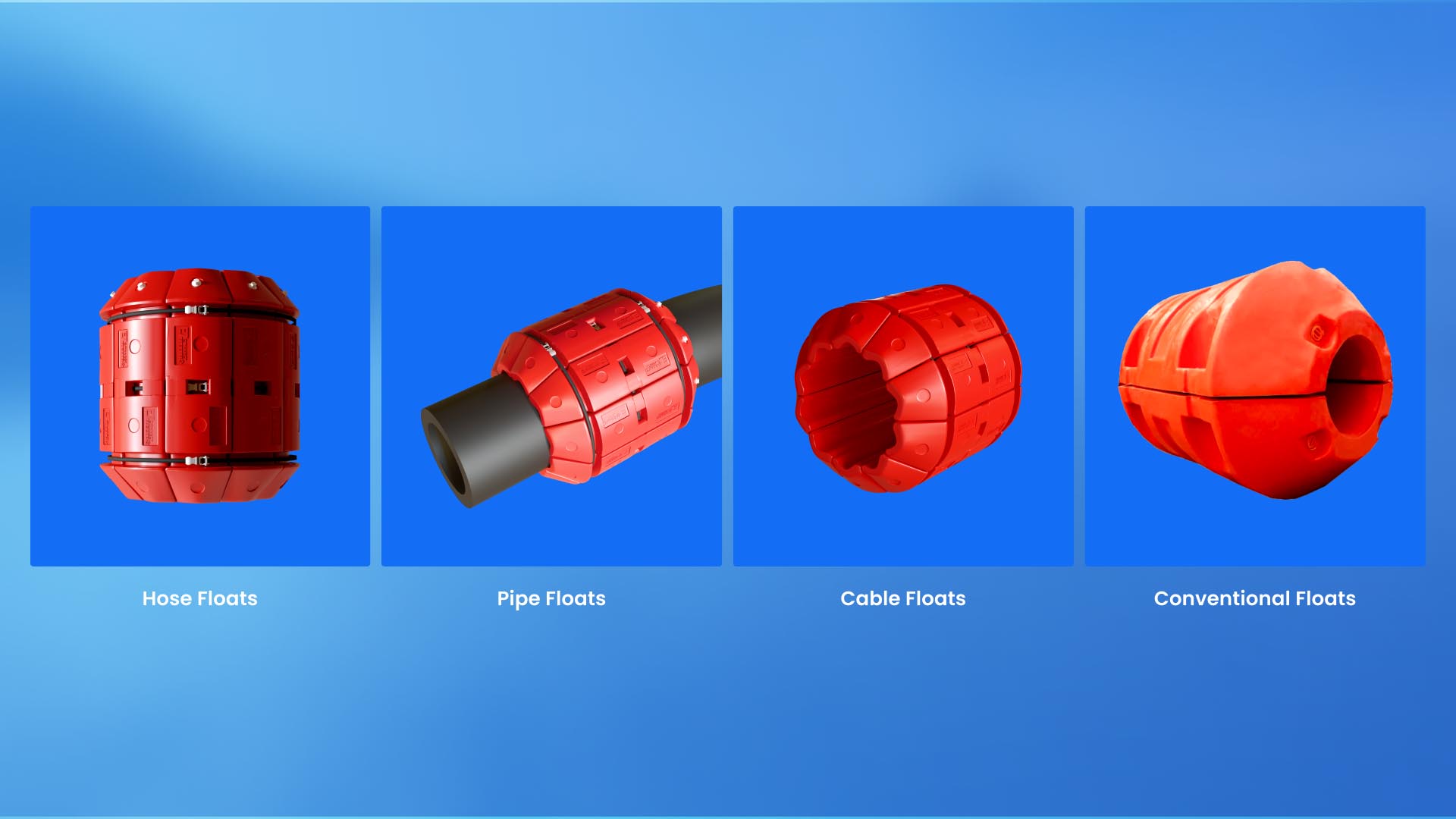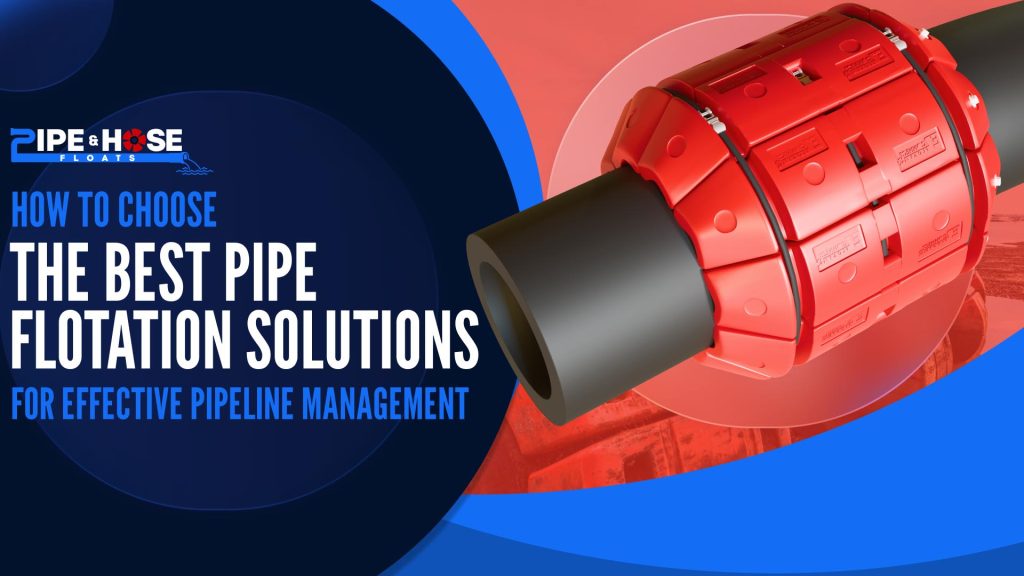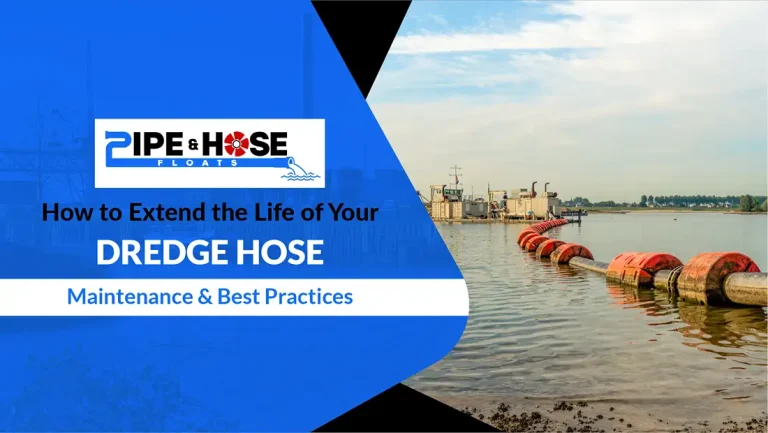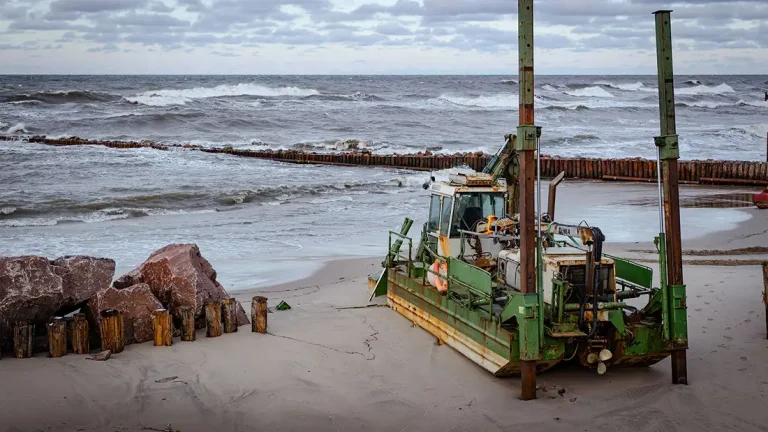Pipeline management is crucial for ensuring the safety, efficiency, and longevity of pipelines across various industries. A key aspect of this management is flotation, which involves utilizing buoyancy aids to maintain pipelines in their desired positions, especially when laid underwater or in unstable soil conditions. Effective flotation is essential to prevent issues like pipeline displacement and damage, which can lead to costly repairs and operational disruptions. Choosing the right pipe flotation solution significantly impacts the pipeline’s performance and durability. In this blog, we’ll delve into how to select the best flotation solutions for effective pipeline management. We’ll focus on using a flotation calculator to make precise calculations and explore considerations for PVC pipe flotation, including material-specific factors and environmental conditions. By understanding these elements, you can ensure your pipeline remains stable and functional throughout its lifespan.





1. Understanding Pipe Flotation
It refers to the methods and materials used to provide buoyancy to pipelines, ensuring they remain in place and do not float or shift unpredictably. Proper flotation is essential in scenarios such as underwater pipelines or pipelines installed in loose or shifting soil. It is also essential to prevent damage, maintain pipeline alignment, and ensure the efficient operation of the pipeline system.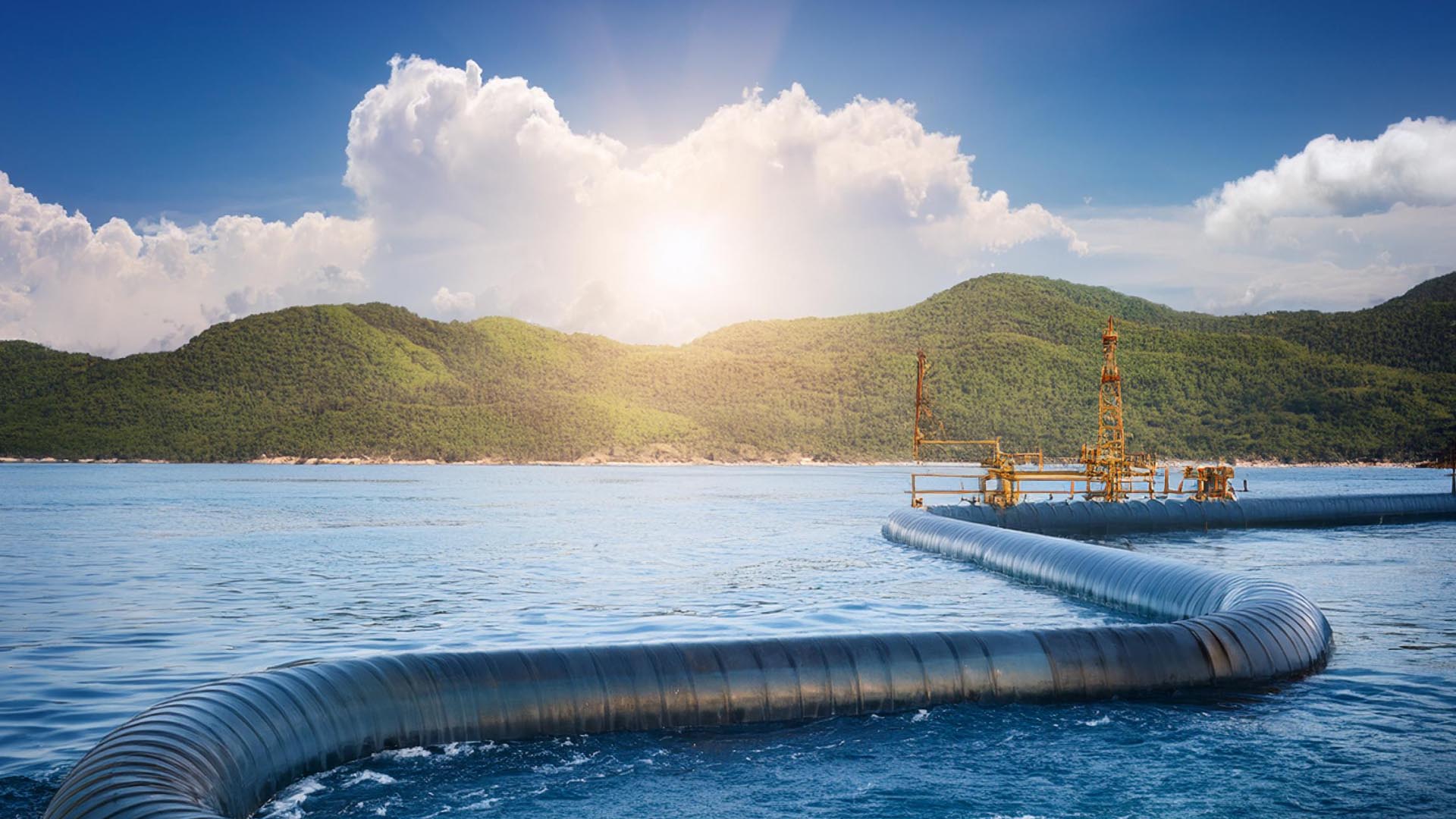
2. Factors Influencing Solutions
Type of Pipeline
Different kinds of pipelines require different flotation solutions. For instance, a steel pipeline will have different buoyancy needs compared to a PVC pipeline. Understanding the material of your pipeline is the first step in determining the appropriate flotation solution.Environmental Conditions
Environmental factors play a significant role in determining the right flotation solution. Water depth, soil type, and water currents all affect the amount and type of flotation required. For pipelines installed in deep water, more robust flotation solutions may be necessary compared to those in shallow or calm water.Pipeline Size and Weight
The size and weight of the pipeline also influence the flotation solution. Larger and heavier pipelines require more substantial buoyancy aids to keep them in place. Accurate calculations are crucial to ensure the flotation devices provide adequate support.3. Pipe Flotation Solutions
Traditional Methods
Traditional methods include buoyancy aids such as flotation collars, sleeves, and foam-filled flotation devices. These solutions are effective and widely used but may require manual installation and maintenance.Innovative Flotation Technologies
Recent advancements have introduced innovative flotation technologies, including advanced composite materials and customizable flotation systems. These new solutions offer enhanced durability, reduced weight, and improved ease of installation, providing more options for tailored flotation solutions.
4. Using a Pipe Flotation Calculator
It is a tool for determining the amount of buoyancy required to keep a pipeline float. It takes into account various factors, such as the pipe’s weight and size, the density of the surrounding fluid, and the environmental conditions.How to Use?
Using them involves inputting specific data about your pipeline and the environment into the tool. This data typically includes the pipeline’s diameter, weight, material, and the depth or type of fluid it will be submerged in. The calculator then provides the required buoyancy to keep the pipeline in place.Benefits
Using it ensures accurate calculations, which can save time and money by preventing over or underestimation of buoyancy needs. It also enhances the efficiency of the installation process and helps in selecting the most suitable flotation materials.
5. PVC Pipe Flotation Specifics
Properties of PVC Pipes
PVC pipes are lightweight and corrosion-resistant, which makes them a popular choice for various applications. However, their lightweight nature also means they require careful consideration of flotation solutions to ensure they remain properly buoyant and stable.Best Practices for PVC Pipe Flotation
For PVC pipes, flotation solutions include using specialized flotation collars or wraps designed to fit the pipe’s dimensions. Proper installation and regular inspection are essential to maintaining the effectiveness of these flotation aids. Additionally, considering the environmental conditions and potential for UV degradation of flotation materials is crucial.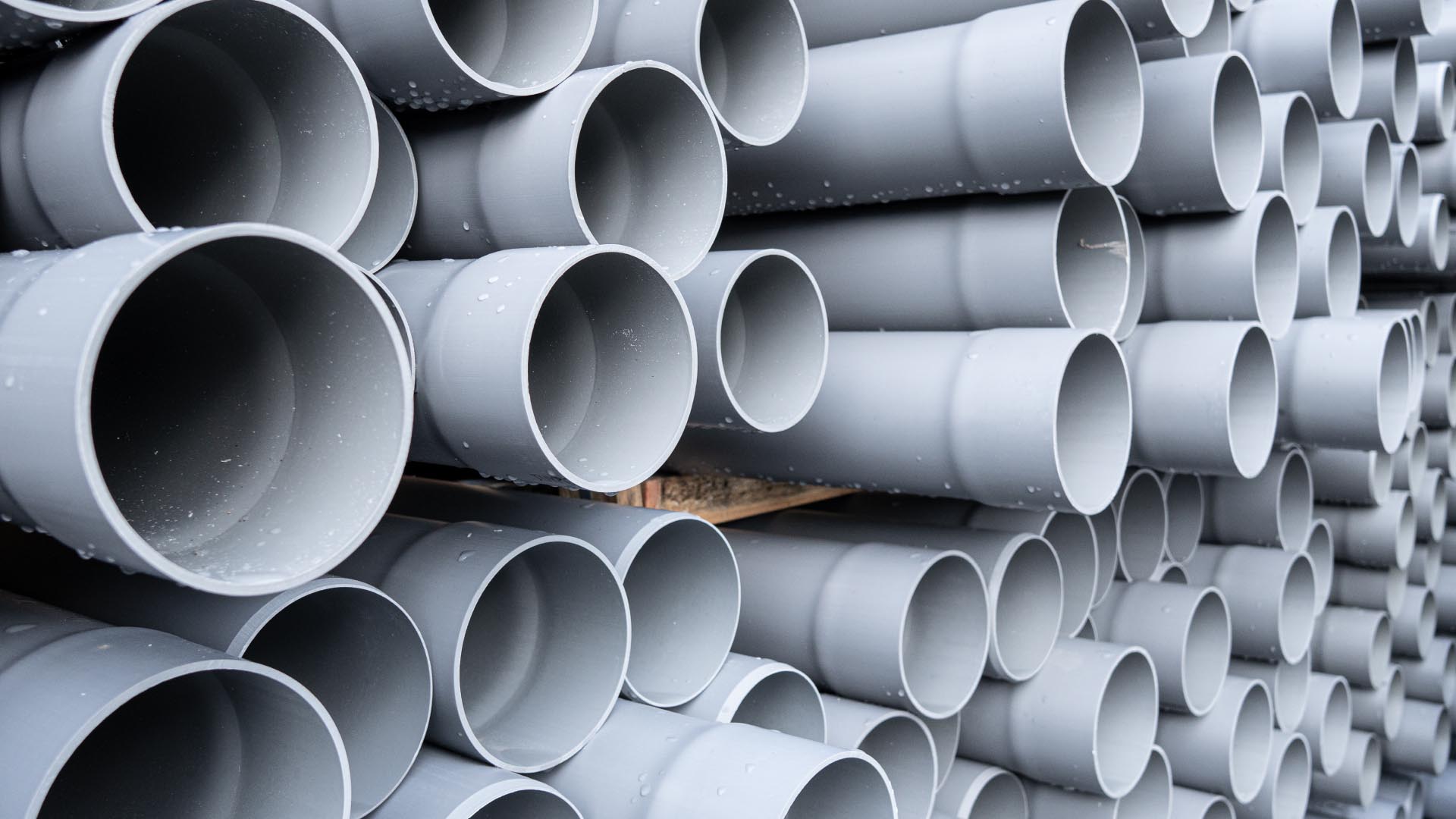
6. Choosing the Right Pipe Flotation Solution
Evaluating Your Needs
To choose the right pipe flotation solution, assess your project’s specific needs. Consider the type of pipeline, environmental conditions, and the pipeline’s size and weight. It’s essential to choose a solution that meets these requirements while staying within budget.Consulting with Experts
When in doubt, consulting with experts can provide valuable insights and recommendations. These professionals can offer tailored advice based on your specific pipeline and environmental conditions, ensuring you select the most effective and reliable flotation solution.